Why do some salons fail or remain mediocre while others flourish and stay on the perpetual hot list? We talk with seven industry greats at the top of the hair game who reveal their secrets for creating a successful salon brand and for building up a thriving salon culture. Here, their keys for making your existing salon more successful and avoiding the big mistakes salon owners can make.
Robert Cromeans
Owner of Robert Cromeans Salons & Walkin Salons by Robert Cromeans and Global Artistic and Business Director for John Paul Mitchell Systems
Social media plays a crucial role in developing a great salon brand and salon culture. It’s become our modern-day business card. Our guests can go directly to our Instagram page prior to even visiting. And we’re finding that guests even drive for hours to see a specific stylist that they found through social media. We have social media teams at each salon, and they celebrate and feature the stylists, and run contests and promos that drive new guest traffic to the salon—and they’re responsible for four posts a day. These teams help build a strong salon culture because they’re working together and they’re celebrating as a team. It’s very empowering.
Social media is a coaching tool as well. It allows us, individually, to track the progression of our work, to see that it’s always getting better. Plus, our guests love getting photographed after getting their hair done. It really completes an unforgettable salon experience.
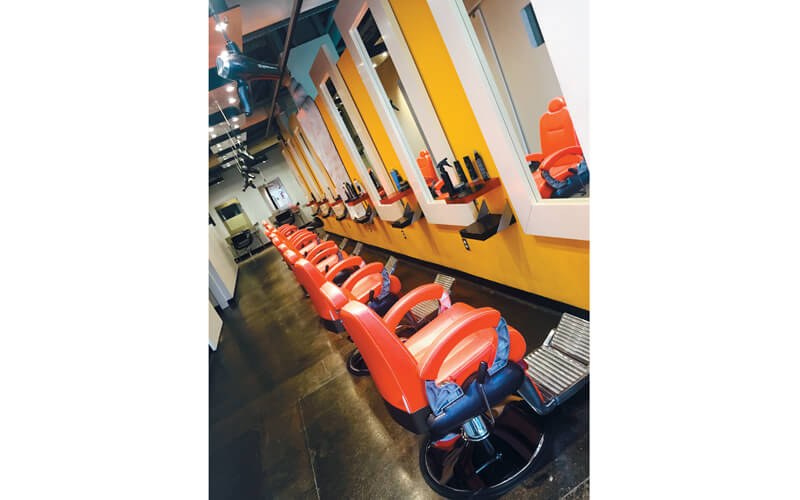
A Robert Cromeans Salon San Diego outfitted by Minerva Beauty
Jason Hall
Red 7 Salon Co-Owner
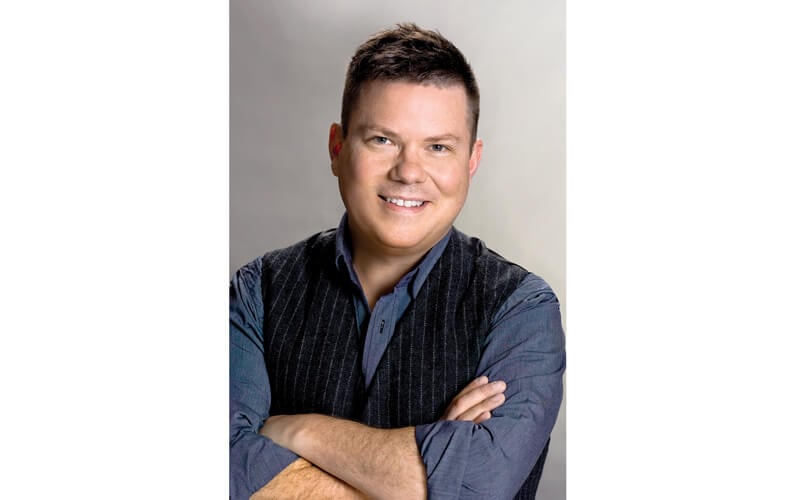
Our brand message is a reflection of our company’s mission statement: Show Kindness. Create Comfort. Go Above & Beyond. Accept Everyone. These are tenets that we feel are respectful of the industry, our staff, our clientele and ourselves. It’s a win-win.
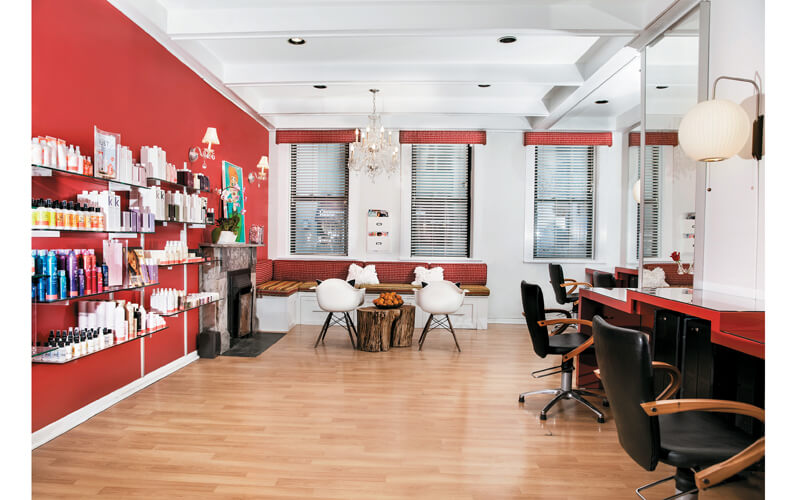
After being in business for about two years, we wanted to create a mission and a culture that was based on habit, personality and had a natural reflection on our day-to-day. And this was it. It was a no-brainer and still is to this day. It’s why we have such incredible employee and client retention. It’s rare these days for many clients to find the ‘real’ in the customer service relationship. But when you do, it’s gold. We try to cultivate that and develop it.

Red 7’s brand message appears throughout the salon.
Andrew Dale
UNITE Founder and CEO

When it comes to building up a thriving salon culture, hiring the right team is number one. Make sure potential candidates are on board with and have a passion for the mission statement you have created for the company. When you are interviewing, make that mission statement part of what you are sharing and looking for. I call it ‘getting the right people on your bus.’ If you are going north and the people on your bus are going south, east or west, you aren’t in the same mind frame. The second most important aspect is to create opportunities for your team to grow. I always try to give someone a career—otherwise it’s just a job. Make sure you create longevity for your staff because no one wants to join a brand without knowing there is longevity. We overlook this far too often in our industry.
Scott Buchanan
President of Scott J. Salon Group

When you’re starting out, it’s hard to afford a professional to create a great logo or design or marketing materials. One of the best tricks is to go to a local college and access students studying branding, marketing or graphic design. They’re all looking for a project.
I went to the Fashion Institute of Technology and put up ads to use my salon as a project. I got both professors and students to participate, and help me with design for free. It was great because they all came at it with so much energy and with ingenious ideas. My first business card had six or seven potential logo designs because they were all so fabulous—I didn’t know which one to choose.
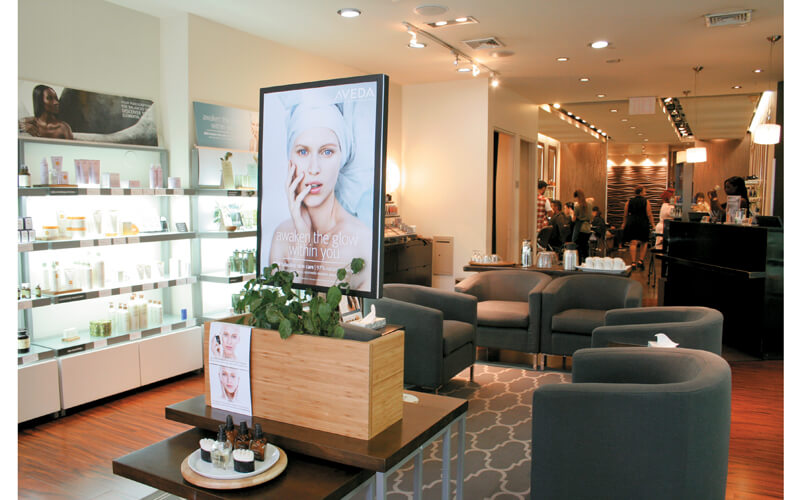
The Upper West Side location, one of five Scott J. Salons in New York City.
Keri Davis
President of Gila Rut Salons and Co-Founder of Beauty Backbone
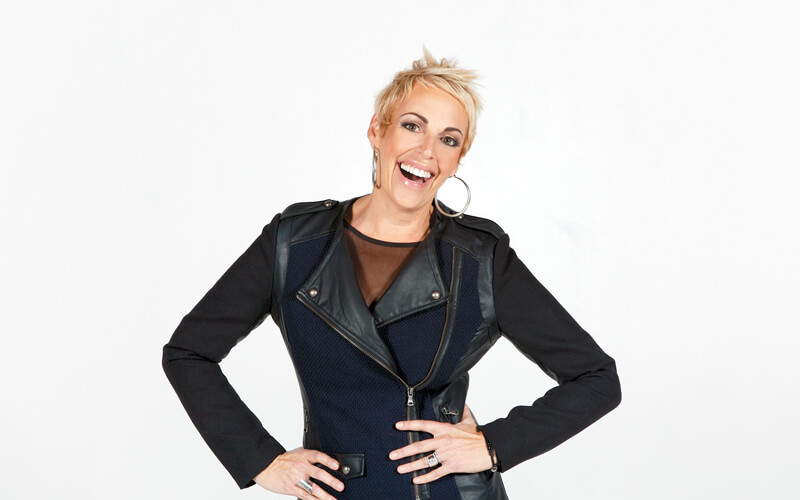
A great salon starts with a great message or mission statement. Everything we do and every decision we make stems from our company mission statement. This goes for the images we create, how we treat our guests and our team. The goal is to be consistent and authentic to who you are as a company. If you have this down, telling your story will not be hard. It is naturally who you are. If you do not have a mission statement or vision statement to move forward, then this becomes your first step in creating your story. You need to gather your team, storyboard ‘who’ you are and want to be, use these words to come up with a mission for your company and align daily behaviors with your new mission. Without executing the behaviors that connect to your mission, your mission becomes just words.
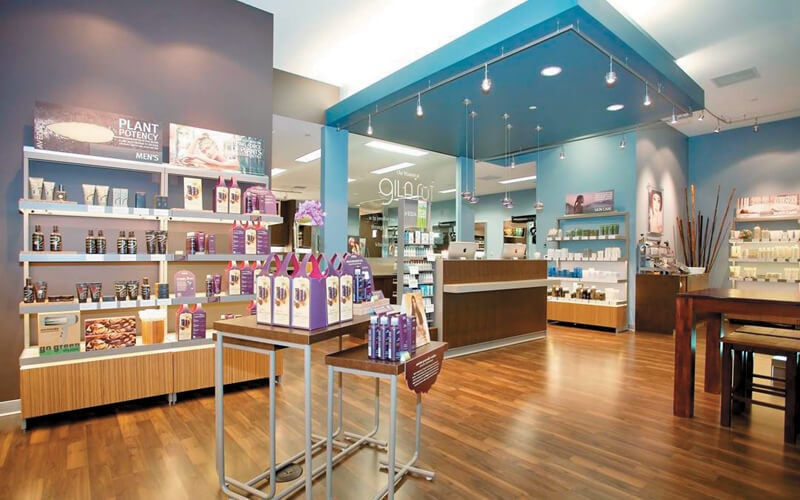
The Torrey Hills location of Gila Rut Aveda Salon
Yann Joffredo
Global President of Baxter of California
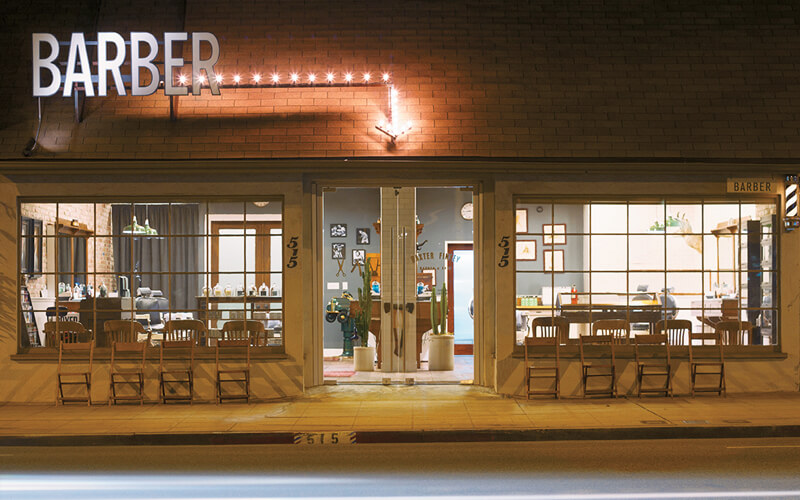
Baxter Finley Barber & Shop located in West Hollywood, CA
Mistakes are part of the process. You have to embrace your imperfections and learn from them. One of the biggest we’ve made is assuming that the team would be happy and loyal. But without the chance to prove themselves and progress over time, it isn’t possible. If we could’ve done it differently, we would’ve introduced our level system much earlier than two years ago. Our level system and development program allows barbers to elevate themselves through the program, and they in turn can charge more for their services according to the level achieved. It also expects our barbers to set goals for themselves, and when achieved, they can continue jumping up through the system.